Horseradish is a root vegetable primarily grown and harvested for its distinctly pungent and somewhat spicy flavor, making it an excellent addition to a variety of dishes that require some sort of flavorful kick to their taste profile.
However, certain instances can call for the substitution or replacement of radish in a recipe, whether it be due to a food intolerance, dietary restrictions, expiration, personal preference, or simply the fact that horseradish is not available come cooking time.
The most common condiment substitutes for horseradish include wasabi paste, mustard, ginger sauce, and parsnip sauce. Vegetable substitutes for horseradish include daikon radish, radishes, ginger, and parsnips. Seasoning substitutes for horseradish include mustard seed, peppercorns, mustard greens, and hing/asafoetida spice.
Condiment Substitutes for Horseradish
Considering the fact that one of the primary ways individuals choose to consume horseradish is in the form of a sauce made from grinding up the root vegetable and incorporating several other ingredients into its recipe, creating a paste that exemplifies the flavors of horseradish itself.
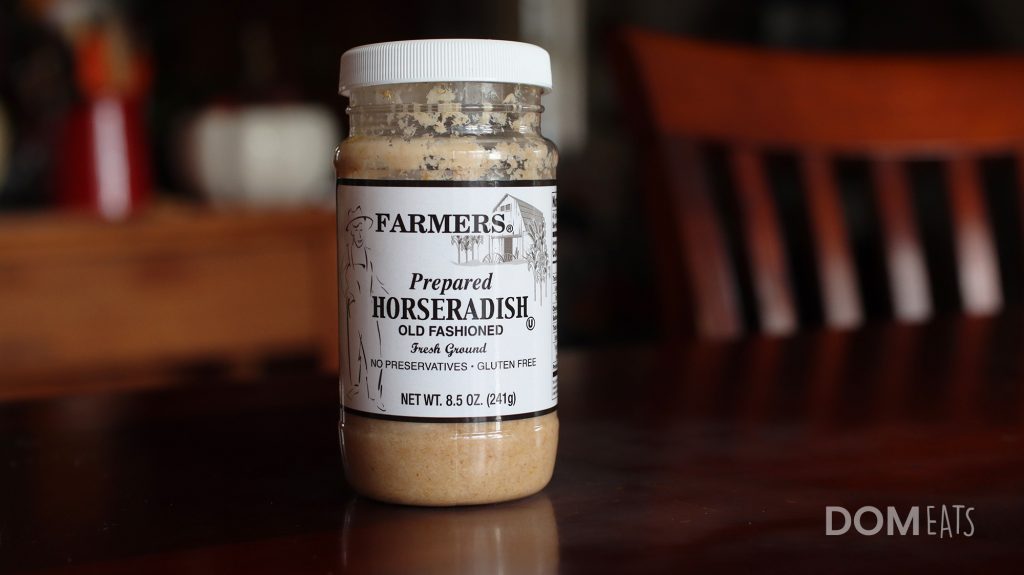
However, these flavors are not exclusive to horseradish and its subsequent paste form, and a variety of other condiments similar in nature can effectively replace horseradish in a dish.
Wasabi Paste
Considerably just as pungent or more than horseradish itself, wasabi paste is a derivative of the wasabi root wherein it is treated, ground and infused with certain preservatives – unless the wasabi paste is being made fresh, of course.
Wasabi paste is among the best candidates for substitution of horseradish in a dish owing to the similarity in their flavors, though one caveat to this is the distinctly green color that is characteristic of wasabi, making it off-putting in certain dishes that normally are not such a color.
Mustard
Perhaps the most commonly found and easily available condiment in this list, mustard is an excellent replacement for horseradish in terms of pungency and spiciness, though this may largely depend on the type and brand of mustard being used as a substitute.
Generally, most forms of commercially processed mustard with a variety of additional ingredients do not possess the same level of pungency as their more unprocessed counterparts, with whole grain or cracked grain mustard being significantly more pungent and assertive in terms of flavor.
Mustard is best used in recipes where horseradish and its subsequent paste are normally used as simply one ingredient among a long list of others, wherein the particular pungency of mustard or horseradish is designed to mesh with the tastes of other foodstuffs in the recipe.
Ginger Sauce
Traditionally made in countries like Japan and China, ginger processed into its sauce form is generally known to be a somewhat pungent and mildly sweet condiment normally added to such things as pot stickers, sushi or as a general dipping sauce in many Asian and Southeast Asian meals.
In terms of substitution of horseradish, ginger may act as a 2:1 replacement in certain concentrations, depending on the type of dish in question.
This is due to the fact that ginger sauce is generally diluted with ingredients such as soy sauce, rice wine vinegar and brown sugar, reducing the potency of its pungency and bringing it further from the strength of horseradish and other horseradish food products.
Parsnip Puree
The processed and diluted form of the parsnip root vegetable, parsnip puree may act as either a condiment added to dishes for a noticeably pungent kick or to otherwise impart an earthiness not normally found in the dish.
In terms of horseradish and horseradish product substitution, parsnip puree may partially replicate the “spiciness” of the former vegetable, though significantly more concentrated parsnip may be required in order to truly replace the strength of pungency that is characteristic of horseradish itself.
Parsnip puree is best used as a horseradish replacement in dishes like stews or reductions that do not require a distinctly physical ingredient to be present.
Vegetable Substitutions for Horseradish
Being a perennial root vegetable available throughout much of the world, horseradish is oftentimes compared to a select few other vegetables or vegetable products that recreate much the same pungency and function.
Fortunately, these vegetables are just as widely accessible or even more so than horseradish itself, making the substitution of horseradish by a similar vegetable no trouble at all.
Daikon Radish
Also known as the Japanese radish, daikon radishes are a peppery and somewhat pungent root vegetable often compared to a carrot in shape and appearance, though with a distinctly pale white appearance once ripened.
In terms of acting as a potential replacement for horseradish, daikon radishes are found to be somewhat differing in terms of texture and moisture content, though both share the same general function as a source of pungency in a variety of recipes.
This, in turn, makes the daikon radish an excellent substitute for horseradish in most dishes, with the sole caveat being the slightly weaker pungency and sweeter flavor involved in using daikon radishes instead.
Radishes
Though they share significant similarities in name, the radish is in fact not related taxonomically or genealogically in any way to the horseradish, save for the fact that they are both considered root vegetables primarily produced for their pungent flavor and potent odor.
Radishes are generally used as a substitution for horseradish in such dishes like salads or sandwiches wherein the radish need not be pureed or processed into a liquid in any form, as radishes are found to be somewhat lower in moisture content and relatively less capable of pureeing than horseradish itself.
In terms of pungency, radishes and horseradish are considered to have quite similar strengths, although the mechanism of which this pungency occurs is differing between the two root vegetables, with horseradish being at its most pungent when freshly cut.
Ginger
Popular as both an ingredient in cooking and as some sort of medicinal plant, ginger’s particular form of pungency, while nearly as strong as that of horseradish, is of a somewhat different flavor, making it a potential substitute for horseradish without acting as a direct replacement.
Ginger is best used in dishes where only a small amount of physical vegetable must be present in the dish, as significant volumes of ginger may be overpowering, even in recipes where its pungency is overshadowed by the flavor of other ingredients.
This makes ginger only a partial replacement for horseradish, primarily meant to be incorporated into cooked dishes such as soups, stews or similarly processed meals that only require a source of pungency.
Parsnips
Presenting a significantly sweeter set of flavor notes than horseradish, parsnips share a similar level and form of pungency to horseradish, especially in terms of odor wherein freshly cut parsnips and horseradish both produce potent compounds of a pungent effect.
Parsnips are best used raw if being used to substitute or replicate the pungency and aroma of horseradish, as any subsequent processing of the delicate compounds found in parsnip may cause this distinctive pungency to be reduced somewhat.
Seasoning Substitutes for Horseradish
In instances where the primary use for horseradish in a recipe or food product is its flavor, certain seasonings may be able to replicate parts of horseradish’s taste profile, possibly being more effective texturally than the addition of horseradish itself by nature of being a powder or leaf.
The physical nature of these seasonings, in turn, may allow for a more cohesive integration of the ingredient and its subsequent flavors into a dish than horseradish in most of its forms would normally be capable of.
Mustard Seed
Usually entirely grouped together regardless of species, mustard seeds are a relatively common spice in certain cultures and their subsequent culinary recipes, oftentimes mixing the mustard seeds with vinegar, water, or other low viscosity liquids in order to create a paste or sauce.
Mustard seeds may act as an excellent seasoning substitute for horseradish owing to their distinct pungency and the ease of which they may be added to a dish, especially the type that may draw out the flavor compounds present in mustard seeds, such as soups or sauces.
The primary drawback to utilizing mustard seeds is the textural difference if they are incorporated into a recipe in their intact form, with certain situations calling for a grinding or mashing of the seeds instead.
Peppercorns
Though not in the same vein of pungency as horseradish, whole peppercorns can provide a somewhat similar kick to the flavor profile of a dish when used in the correct context and volume.
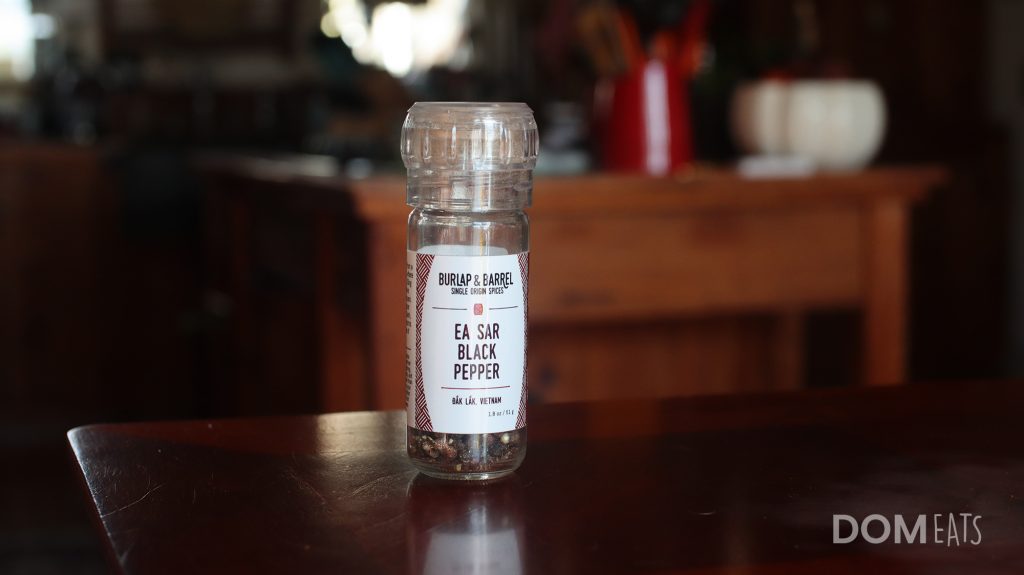
Ideally, freshly cracked peppercorn will provide the closest level of pungency to that of horseradish, though the relative strength of this pungency is somewhat weaker than what fresh horseradish would ordinarily present.
Mustard Greens
Though not always considered a seasoning, mustard greens are certain outgrowths of the common mustard plant primarily used for their purported medicinal characteristics or to impart a distinctly peppery and pungent flavor to a dish.
Considering the fact that mustard greens are leaves, they are best used in dishes where horseradish is also incorporated into a recipe for its texture, allowing mustard greens to not only approximate the pungency of horseradish but to also recreate its textural effect somewhat, so long as the mustard greens remain in their raw form.
Hing/Asafoetida Spice
Fittingly dubbed as stinking gum, hing or asafoetida is a plant extract primarily coming in the form of a resin or powder and stored in an extremely air-tight container so as to avoid the contamination of any other food products stored adjacent to the container.
This is due to the significantly pungent aroma of hing or asafoetida, of which is considered to be even more potent than that of horseradish, making even a small amount of hing or asafoetida an excellent substitute for the pungent odor of horseradish.
However, the primary disadvantage to using hing or asafoetida as a substitute for horseradish is the lack of similarity in flavors, with hing or asafoetida being considered quite mild in flavor, especially in comparison to its odor.
This flavor is oftentimes thought to be akin to that of onions or leeks, still slightly pungent but quite different in the vein of a horseradish flavor substitute.
References
1. Walters SA. Horseradish: A Neglected and Underutilized Plant Species for Improving Human Health. Horticulturae. 2021; 7(7):167. https://doi. org/10.3390/horticulturae7070167
2. Scott, N.O.; Burgess, B.; Tepper, B.J. Perception and liking of soups flavored with chipotle chili and ginger extracts: Effects of PROP taster status, personality traits and emotions. Food Qual. Prefer. 2019, 73, 192–201.
3. Thomas, J.; Kuruvilla, K.M.; Hrideek, T.K. 21—Mustard. In Handbook of Herbs and Spices, 2nd ed.; Peter, K.V., Ed.; Woodhead Publishing: Cambridge, UK, 2012; pp. 388–398.

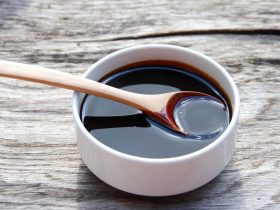
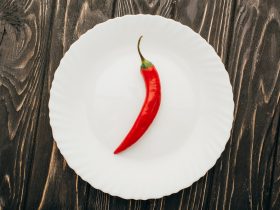
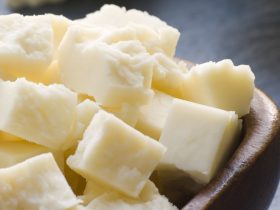

Hi, I'm Dom
Dom Eats was started to help other people fall in love with food. While cooking can feel intimidating, it doesn't have to be.